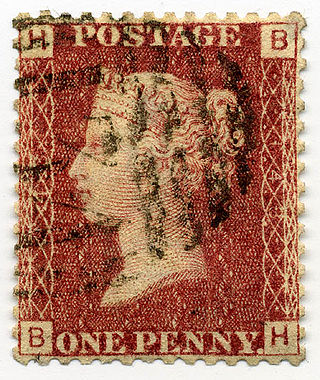
Philately is the study of postage stamps and postal history. It also refers to the collection and appreciation of stamps and other philatelic products. While closely associated with stamp collecting and the study of postage, it is possible to be a philatelist without owning any stamps. For instance, the stamps being studied may be very rare or reside only in museums.
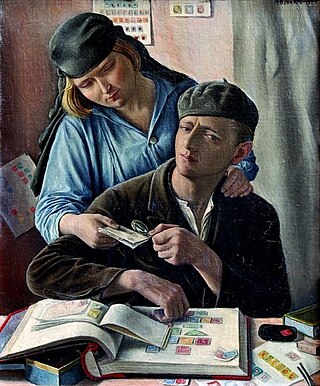
Stamp collecting is the collecting of postage stamps and related objects. It is an area of philately, which is the study of stamps. It has been one of the world's most popular hobbies since the late nineteenth century with the rapid growth of the postal service, as a stream of new stamps was produced by countries that sought to advertise their distinctiveness through their stamps.

Indian postal systems for efficient military and governmental communications had developed long before the arrival of Europeans. When the Portuguese, Dutch, French, Danish and British conquered the Marathas who had already defeated the Mughals, their postal systems existed alongside those of many somewhat independent states. The British East India Company gradually annexed the other powers on the sub-continent and brought into existence a British administrative system over most of modern-day India, with a need to establish and maintain both official and commercial mail systems.
The American Philatelic Society (APS) is the largest nonprofit stamp collecting foundation of philately in the world. Both the membership and interests of the society are worldwide.
This is a survey of the postage stamps and postal history of Afghanistan.

The British Guiana 1c magenta is regarded by many philatelists as the world's most famous rare stamp. It was issued in limited numbers in British Guiana in 1856, and only one specimen is now known to exist. It is the only major postage stamp ever issued in the United Kingdom or British Commonwealth that is not represented in Britain's Royal Philatelic Collection.

The Royal Philatelic Society London (RPSL) is the oldest philatelic society in the world. It was founded on 10 April 1869 as The Philatelic Society, London. The society runs a postal museum, the Spear Museum of Philatelic History, at its headquarters in the City of London.

Sir John Mitchell Harvey Wilson, 2nd Baronet was a British philatelist and Keeper of the Royal Philatelic Collection from 1938 to 1969. He introduced the division of the collection by reign and, after World War II, loans from the collection to international exhibitions.

Frederick John Melville was a British philatelist, prolific philatelic author and founder of The Junior Philatelic Society. He was also a founder in 1907 of the Philatelic Literature Society. Melville is a member of the American Philatelic Society's Hall of Fame and was a signatory to The Roll of Distinguished Philatelists in 1921.

The Roll of Distinguished Philatelists (RDP) is a philatelic award of international scale, created by the Philatelic Congress of Great Britain in 1921. The Roll consists of five pieces of parchment to which the signatories add their names.
Society for Czechoslovak Philately (SCP) is a philatelic organization dedicated to the collection and study of the postage stamps and postal history of Czechoslovakia, the Czech Republic and Slovakia.
The Scandinavian Collectors Club is a United States-based philatelic society dedicated to the collection and study of the postage stamps and postal history of the Scandinavia region, including the geographical regions of Åland, Aunus, the Danish West Indies, Denmark, Faroe Islands, Finland, Greenland, Iceland, Karelia, North Ingermanland, Norway, Slesvig, and Sweden.
David Richard Beech MBE was the curator of the British Library Philatelic Collections from 1983–2013. He is a fellow and past president of the Royal Philatelic Society London (RPSL). In 2013, it was announced that Beech was to receive the Smithsonian Philatelic Achievement Award for outstanding lifetime accomplishments in the field of philately.
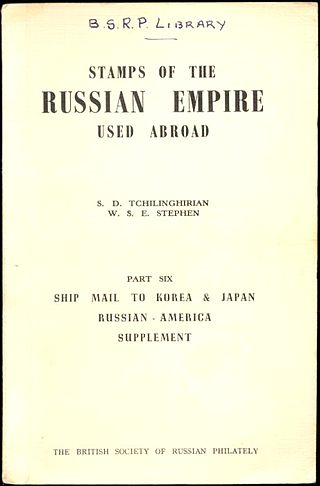
The British Society of Russian Philately is a philatelic society dedicated to the study of postage stamps and postal history of Russia and Russian-related countries.
Everett C. Erle, of Oakland, California, was a promoter of philately in the San Francisco Bay area.

The International Philatelic Union, formed 1881, was an early international philatelic organisation formed for the study of stamps and the promotion of philately generally. Its office was located in London. The society survived to see its jubilee in 1931, and an exhibition was held to celebrate the fact, but its later history is unclear.
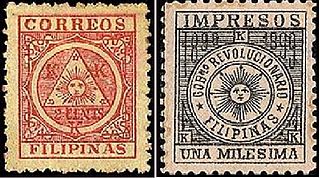
This is a survey of the postage stamps and postal history of the Philippines.
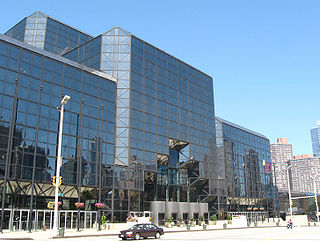
World Stamp Show-NY 2016 was an international exhibition of stamp collecting held at the Jacob K. Javits Convention Center in New York City from May 28 to June 4, 2016. It was the first international stamp show to be held in New York since FIPEX in 1956.
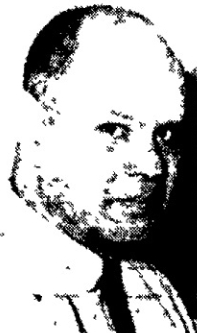
Everard Francis Aguilar was a Jamaican horticulturist, stamp dealer, and philatelist.

The New Haven Philatelic Society (NHPS) is the oldest stamp society in Connecticut and the second oldest in the United States. Members provide advise on every aspect of stamp collecting as well as friendship, knowledge and experience.













